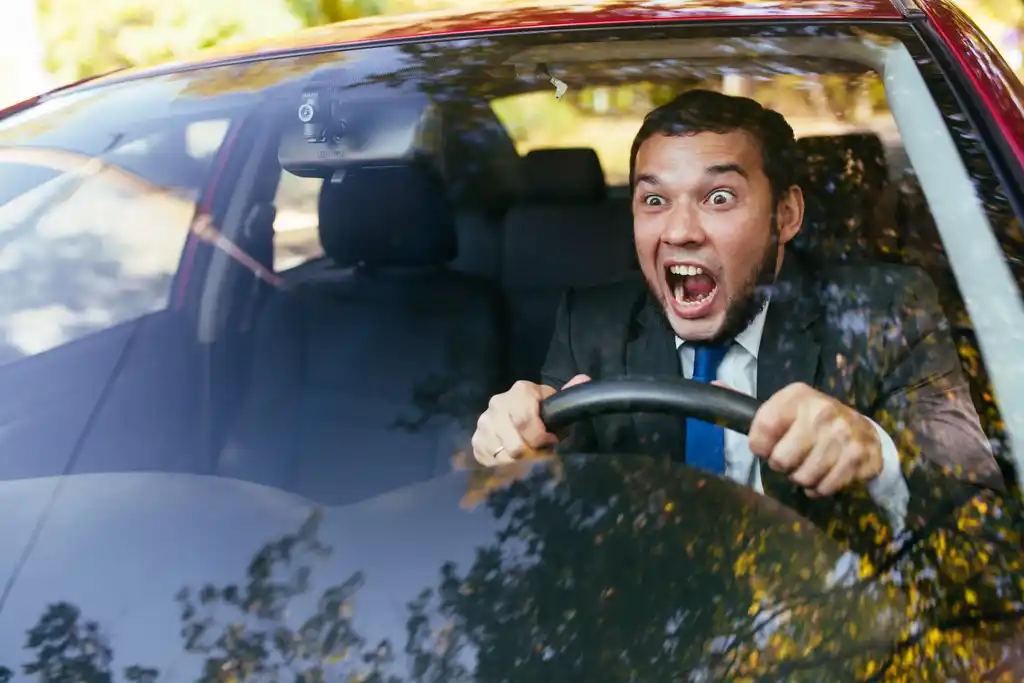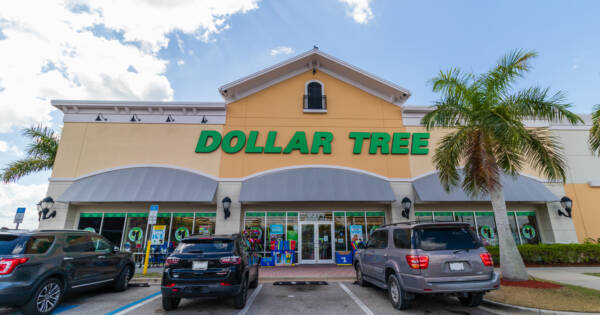One of the unfortunate side effects of owning your own vehicle is the sense that your transportation is “free.” After all, you need to pay for each ride on the subway or the bus. Taxi or Uber charges add up quickly. But you don’t pay anybody when you jump behind the wheel of your own car. As a result, it’s much harder to mentally calculate your spending — especially when costs are paid more sporadically. What’s even more difficult to calculate is how bad driving can cost you even more. But just because it’s tricky to figure out, doesn’t mean the costs aren’t there. Trust us, they are.
Take your car insurance companies for example. During the pandemic, fewer cars were on the road. In turn, bad driving caused fewer accidents, so car insurance companies simply paid out less in damages. With less driving and fewer accidents, some companies took the surprising step of refunding some of our insurance premiums. If that doesn’t tell you how bad driving matters a great deal to transportation costs, I don’t know what will.
Which driving practices affect the bottom line the most, you ask? Here are some of the worst offenders.
Making Jack-Rabbit Start and Stops
Driving aggressively can be fun at times. Or maybe you’re simply trying not to be late for your next appointment. I have two young kids. I still vividly remember my Uber driver life just a few short months ago, when I had to shuttle the kids from school to after-school lessons and soccer practices. And back home again, of course.
Flooring your accelerator when the light turns green or stopping on a dime may make you feel like a professional race car driver. It might also make you feel like you’re making up a bit of time on your travels. However, those habits wreak havoc on your fuel efficiency (and your brake pads).
This type of driving also allows little room for error. That makes it a dangerous and expensive way to drive. One small bump into another car and gas prices will be the last thing on your mind. Next time you are driving, try to anticipate stops and starts. Then smooth out your driving. Take note of the speeders on the road. Are they actually going much faster than you? Or are those same cars just stopped at the next red light with you? Take it nice and smooth — it’s the safest and cheapest way to drive.
Speeding Like There’s No Tomorrow
All vehicles have a speed where they run at optimal efficiency. Every vehicle’s optimal speed will be slightly different. However, it’s safe to say that most cars, SUVs, vans, and trucks will use fuel most efficiently at around 50-to-65 mph. You will certainly see a decrease in your fuel efficiency once you start reaching speeds of 75-to-80 mph.
Basically, driving super fast is a great way to quickly use up fuel. Drive within the speed limit, and you’ll likely find your car sipping gas instead of guzzling it.
The other biggie is speed tickets, because you will get caught sooner or later. I still remember how I thought I would never get pulled over when I first moved to the United States in my early twenties. I distinctly remember telling my friend who came to visit me how my chances of getting caught were virtually nil. My logic was that the cops were always on the side with another pulled over car. So, if every police vehicle is already busy giving someone else a ticket, then what are the chances that I’m the one who gets caught?
Of course, a few days after I made that comment, I was caught twice in the same week. That was a painful, and expensive lesson I’ll never forget. Don’t speed, unless you want to be dangerous and poor!
Driving While Distracted
We all know better than to text and drive. Yet according to the website distraction.gov, approximately 23,000 died in a seven year span due to distracted driving. We think that taking a second to check a text, make a phone call, adjust a GPS system, look at a map, or even eat a rolling lunch will not make a big difference. Unfortunately, that’s simply not true. Five seconds is the average time you take your eyes off the road when you check a text message. At 55 mph, you drive through the length of a football field in those five seconds.
Distracted driving causing fatalities is a major safety problem. But even if you can’t get past the idea that “it won’t happen to me,” remember that distracted driving can also hit you in your wallet. Even a distraction-related fender bender can severely affect your insurance rates. In addition, many states now have laws that forbid handheld cell phone use or texting while driving. Engaging in these behaviors can get you an expensive traffic ticket, plus a premium hike on your insurance.
The rules apply to all types of roads too, not just major roads with tons of traffic. My wife was caught once driving in front of our house, on a small neighborhood road, when California first instituted the cell phone ban. There have been news reports of drivers being tickets while waiting in drive-thru lines to grab a coffee. Yes, that still counts as driving! Put the phone away once you get into your car. No exceptions.
The Bottom Line
Ultimately, safe driving is also going to be more cost effective driving. You’ll save on gas, wear and tear on your vehicle, and insurance premiums. You’ll also avoid costly accidents and expensive traffic tickets. Make sure you rein in your bad driving habits before it impacts your wallet. Or your safety.
 Shutterstock
Shutterstock







